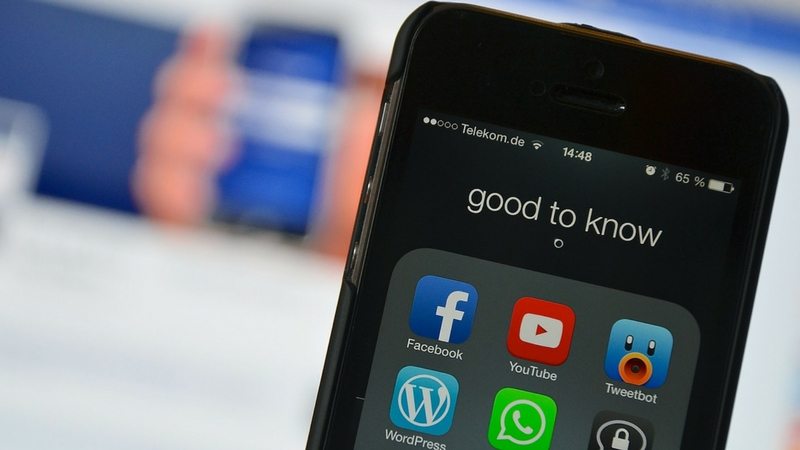How to Connect with Readers
Episode #3 of the course How to begin (and maintain) your career as a writer by John Robin
Welcome back to the course.
Now that you’re on track to put out an amazing book, we’ll talk about how to connect to readers long before your publication date.
True book marketing is about building reader relationships, one by one. Many authors look forward to their book going viral. In reality, success is often defined by nourishing meaningful reader connections. There are many ways to create meaningful relationships with fans that last over time. The first and most important is to have an author platform.
Your author platform is where readers can connect with you. It can be a website, blog, or social media channel. It doesn’t have to be complicated or expensive. Just make sure your readers can find you, and for those who discover you who aren’t your readers, it’s easy for them to find out about you and your books.
Related to this, consider how you are going to engage with fans. Will you be present on Twitter sharing thoughts three times a week? Will you have a Facebook fan group? Will you be posting regularly on fan forums or subreddits relating to your genre? What is the overall system by which you will be engaging with your readers?
Newsletters
When you are putting together your author platform and deciding on your engagement strategy, consider having a fan email newsletter. My recommendation of a service that will help you with distributing your newsletters would be MailChimp.
You should start building an email list as soon as you can, since this will be your only assured direct route to dedicated readers. Make sure there is a good call to action on your website, blog, and social media pages, inviting people who want to know more about your book to sign up. A good call to action might look like:
Sign up for my newsletter to receive updates on future book releases, behind-the-scenes glimpses into my process, and occasional bonuses like drawings, excerpts, special deals, and giveaway draws.
Keep it short and simple, clear and not too focused on the bonus promises. This is important because, on one hand, you want fans of your book to have a reason to sign up to your newsletter, but on the other hand, you don’t want them to sign up for the wrong reason. Be sure your call to action would attract someone who is a fan of your work by front-loading the message with a promise about how they will be connecting to and hearing from you, above all.
Blogging
Blogging also allows you to connect with readers, since a blog post also goes directly into the inbox of your followers. While newsletters are sent privately to the inbox, blogs are public and stay up for all time for anyone to find via shared links or search engines. They also allow comments that also stay on each post for your audience members to interact with each other.
Having a blog is also a great way to collaborate with other authors. You can invite them to be a guest on your blog (bringing some of their readers in), and you can ask to be a guest on their blog (exposing you to their audience).
When blogging, a good practice is to try and make sure in whatever you share, you’re sharing something more personal about yourself and why you believe in what you’re saying. If you’re talking about writing a great scene in your book, don’t just talk about the scene itself, talk about your personal life and insights surrounding the experience. You want to give readers something special to connect with you beyond what your book already provides them. A great example of this in action is Dan Blank’s blog.
Today’s Takeaway
Connecting with readers is about forming lasting one-on-one relationships. A good author platform, engagement strategy, email newsletter, and effective blogging practice are fundamental to this pursuit!
Stay tuned for tomorrow, when we’ll talk about gaining momentum for launch day.
Recommended book
Book Launch Blueprint by Tim Grahl
Share with friends

